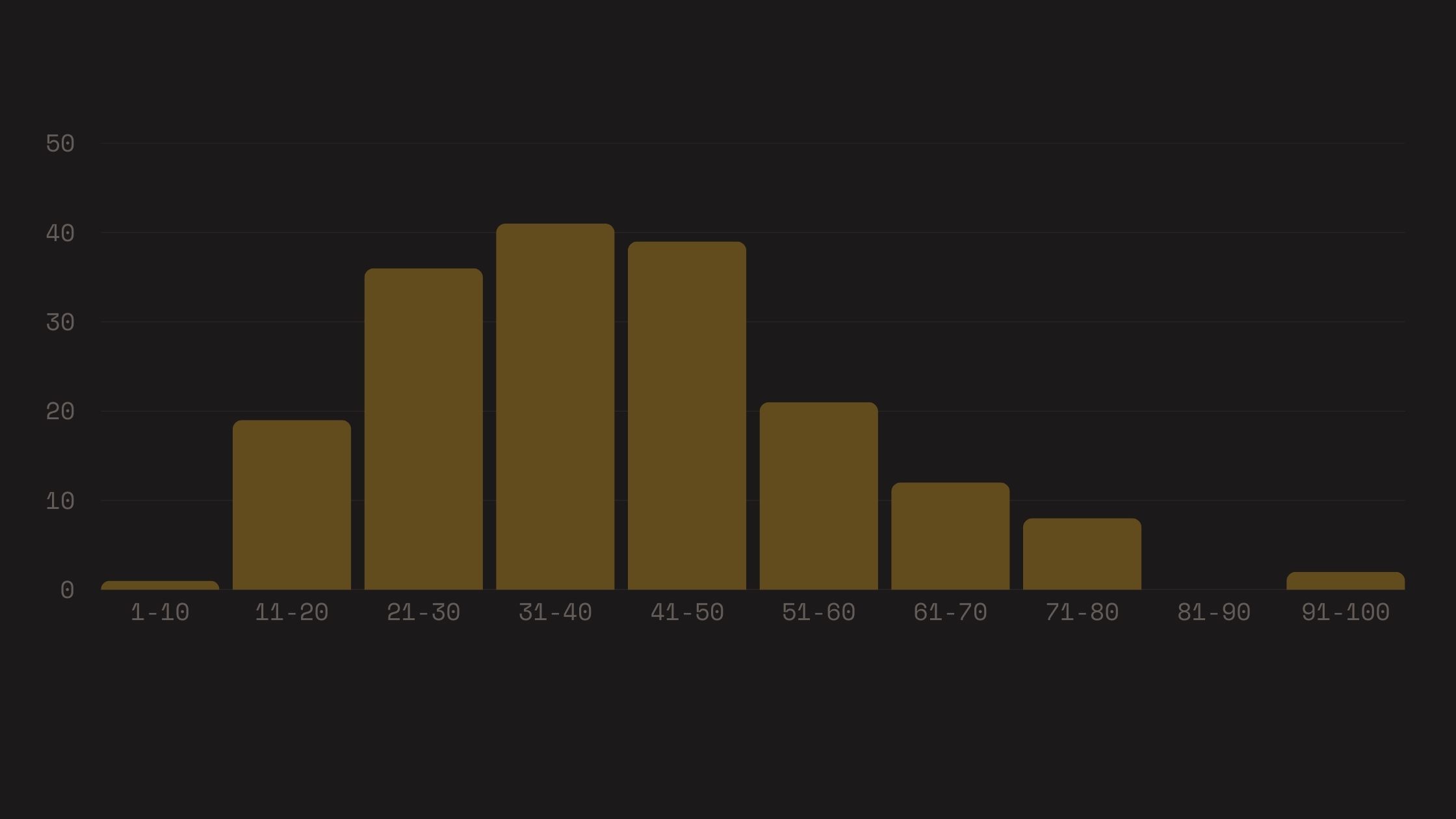I wanted to take a closer look at Slack Engineering's blog sitemap to explore URL best practices, focusing on URL length, slug composition, and the presence of stop words. By studying these patterns, I get a clearer picture of how URLs impact both SEO and user experience.
Data Overview
I analyzed a total of 180 URLs from the Slack Engineering blog. This analysis builds on my previous article where I explored similar metrics for Google's blog sitemap.
URL Length Analysis
In my previous analysis of Google's blog sitemap, the average URL length was 83.9 characters, significantly longer than Slack's average of 67.32 characters. This suggests that Slack intentionally keeps URLs short, making them more accessible, shareable, and SEO-friendly. The shorter length also makes the URLs easier to share on social media and other platforms.
Slug Composition
Compared to Google's blog, where the average slug length was longer and contained 5-7 words on average, Slack's slugs are slightly more concise at 6.42 words per slug. This suggests a strategic choice to maintain clarity while keeping the slugs keyword-focused. The average slug length of 40.32 characters is also shorter than Google's, emphasizing Slack's minimalist approach.
- Average Slug Length: 40.32 characters
- Average Words per Slug: 6.42 words
Slack seems to have struck a balance between brevity and clarity, ensuring their slugs are both readable and optimized for search engines.
Stop Words in Slugs
In the Google blog analysis, stop words were also present but appeared less frequently compared to Slack's 249 instances. It looks like Slack leans toward a conversational style in their blog titles, which naturally includes words like 'and,' 'in,' and 'on.' It highlights the balance between maintaining a natural writing style and optimizing for search engines.
SEO Insights and Recommendations
- Keep URLs Concise: Aim for URLs under 70 characters for better sharing and user experience.
- Focus on Keywords: Minimize stop words and ensure each slug contains at least one primary keyword.
- Maintain Readability: Use 5-7 words per slug for optimal SEO and user comprehension.
Conclusion
Slack keeps things minimal, but not at the cost of clarity or relevance—something Google's blog tends to approach differently. This reinforces the idea that shorter, well-structured URLs can be just as impactful as longer, more descriptive ones.
For those interested in SEO, blogging, and the impact of slugs on search engine performance, this comparison provides valuable insights. Observing how top companies shape their URLs gives me useful takeaways to apply in my own SEO and content strategies.
After analyzing Slack Engineering's sitemap, I concluded that they maintain an effective balance between brevity and readability in their URL structures. Their approach shows that concise, keyword-focused slugs not only enhance user experience but also contribute to SEO performance. This analysis reinforces the importance of intentional URL design in digital content strategy.
